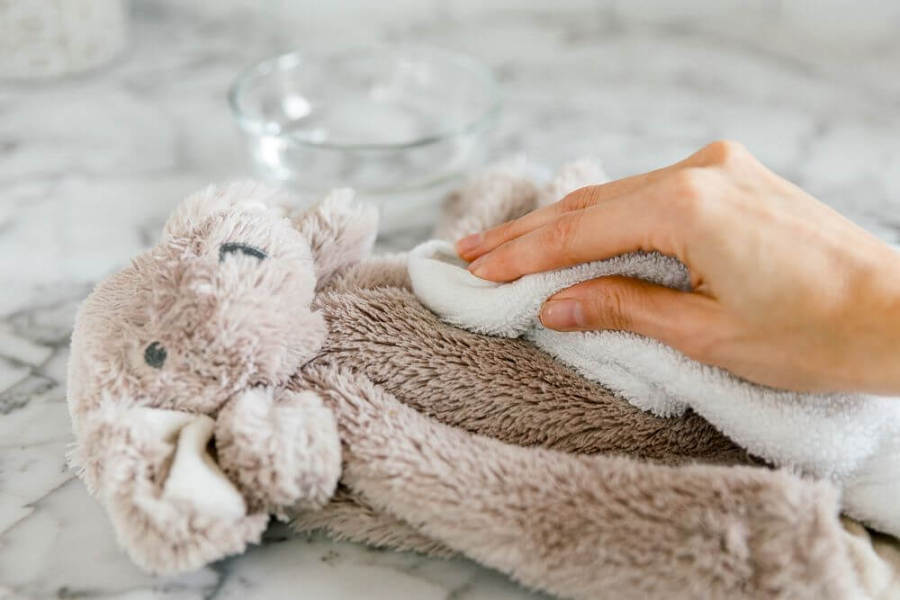Plush toys application

How to keep plush toys safe for children
Safety is of utmost importance when it comes to children's plush toys. Here are some key points to keep in mind:
Avoid Small Parts: Plush toys for babies should not have small detachable parts like loose eyes, noses, buttons, or any other small components that could pose a choking hazard.
Choose Age-Appropriate Toys: Select toys that are suitable for the child's age and developmental stage. For newborns, opt for soft toys like rattles or plush animals without any small parts. As the child grows, introduce toys that match their increasing motor skills and cognitive development.
Ensure Durability: Look for plush toys that are well-made and durable, with securely attached parts. Avoid toys that easily tear or break, as loose pieces can also present a choking hazard.
Regular Inspection: Periodically inspect plush toys for any signs of damage or wear and tear. Pay special attention to seams, stitching, and any attached accessories to ensure they remain securely in place.
Cleaning and Disinfection: Proper cleaning and disinfection of plush toys are essential to prevent the buildup of harmful bacteria and germs. Here are some methods for cleaning different types of toys:
Plush toys: Check the manufacturer's instructions for washing guidelines. Many plush toys are machine washable, but be sure to use a gentle cycle and mild detergent. Air dry thoroughly to prevent mold growth.
Wooden toys: Wipe wooden toys with a damp cloth and mild soap. Avoid soaking wooden toys or exposing them to excessive moisture, as this can cause warping or damage.
Electronic toys: Follow the manufacturer's instructions for cleaning electronic toys. In many cases, wiping the surface with a damp cloth or using electronic-safe disinfectant wipes is sufficient.
Bath toys: After each use, squeeze out any excess water and allow bath toys to air dry completely. Periodically clean bath toys by soaking them in a solution of water and white vinegar or using a mild bleach solution, then rinse thoroughly.
Disinfection: Consider using UV sterilizers, disinfectant sprays, or electronic disinfection cabinets for additional sanitization, especially for toys that cannot be easily cleaned with water.
Supervision: Always supervise young children when they are playing with plush toys, especially if the toys have small parts or detachable accessories. Promptly remove any damaged or unsafe toys from the child's play area.
By following these safety guidelines and regularly maintaining plush toys, you can help ensure a safe and enjoyable play experience for children.
0users like this.





